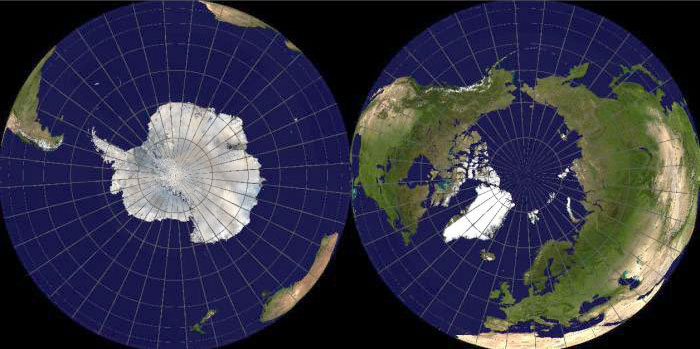- Banned
- #81
As for your other question, think of Earth as a room with two AC units - Arctic and Antarctic. Right now, the Antarctic is on average 50F colder, has 9 times the ice, and puts/calves 9 times the ice into the oceans, some 46 times the molecular H2O the Mississippi puts into the Gulf. Hence, one Earth polar circle cools Earth a lot more than the other. If your AC unit has settings from 0-off to 10=maxcool, then the Arctic AC is currently set on 1 and the Antarctic AC is set on 9.
See what that looks like

See what that looks like



